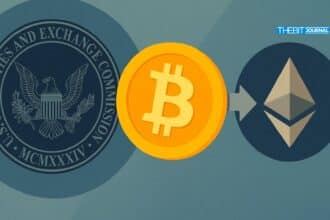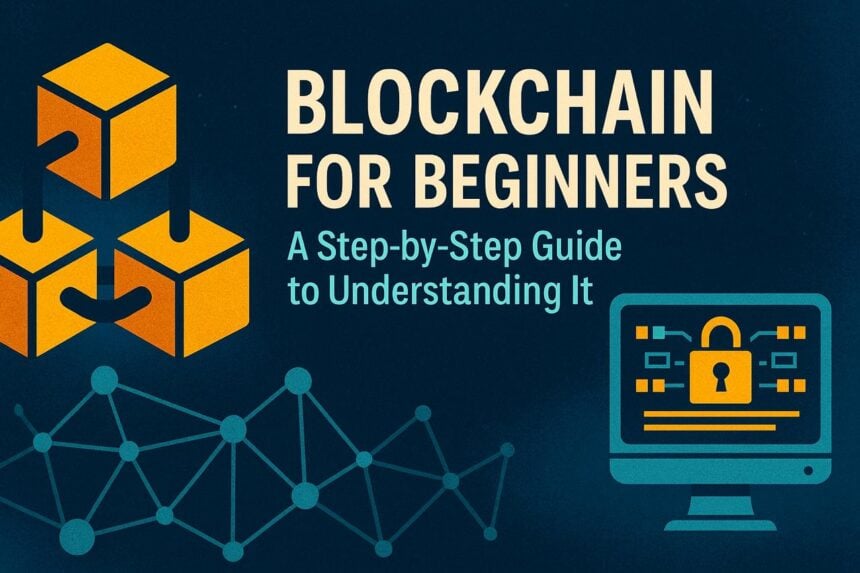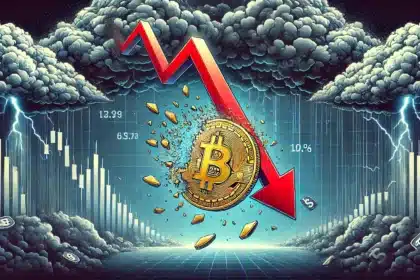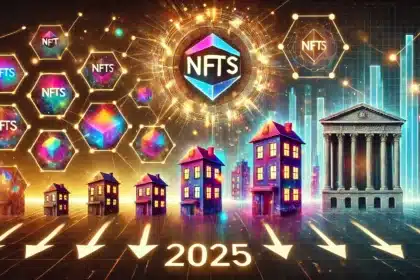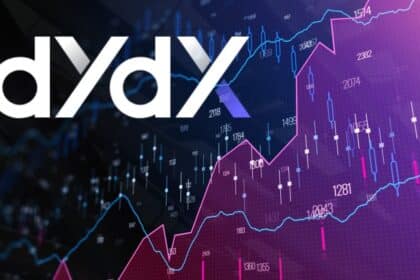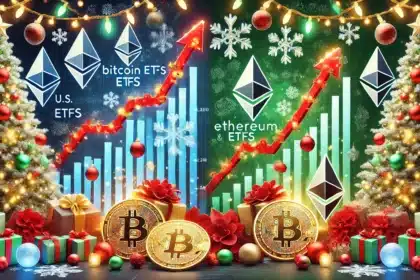Why Blockchain Now? A Technology Too Big to Ignore
Blockchain is no longer a niche topic. It’s a foundational digital system changing how the world manages data, money, identity, and trust. In 2024, the global blockchain market crossed $17.5 billion and is on track to surpass $94 billion by 2027, based on recent data. Over 420 million people now hold cryptocurrencies, and decentralized finance processes more than $100 billion in transactions monthly.
The shift is being backed by major tech firms, government pilots, and financial institutions. Blockchain is helping reduce fraud, automate complex business processes, and build a trust layer for the internet itself. For anyone exploring finance, tech, or crypto, grasping the fundamentals of blockchain is a must.
This article breaks it all down. No jargon. No empty promises. Just clear, accurate, and real-world guidance on how blockchain works and why it matters.
What Is Blockchain? A Ledger Without a Lockbox
At its core, blockchain is a database—just smarter. It stores information in chunks called “blocks,” and each new block connects to the previous one, forming a secure and unbreakable chain. Unlike traditional databases owned by companies or banks, a blockchain is public and distributed. Every participant in the network has a copy of the entire chain.
That’s not all. Blockchain uses cryptography to lock each block’s contents. Changing a single character would break the chain, alerting everyone. The result? An ultra-secure and transparent record of actions, whether it’s money transfers, identity verification, or ownership history.
IBM notes that blockchain can cut fraud by 50% in logistics and improve supply chain transparency by over 35%. From voting systems to global banking, blockchain builds trust into code.
The Building Blocks: How Blockchain Actually Works
Here’s how a blockchain processes a single action:
A person initiates a transaction. That action is broadcast to a network of node; computers that validate whether the transaction is legitimate. Once approved, the transaction is added to a block along with others. That block is sealed using a cryptographic hash, a unique code. It’s then linked to the previous block, permanently recording the transaction.
Every node holds a complete copy of the blockchain. That makes tampering almost impossible. To rewrite history, one would need to control over 50% of the network’s computing power, a feat that becomes exponentially harder as the network grows.
This distributed approach is what makes blockchain resistant to censorship, hacking, and manipulation.
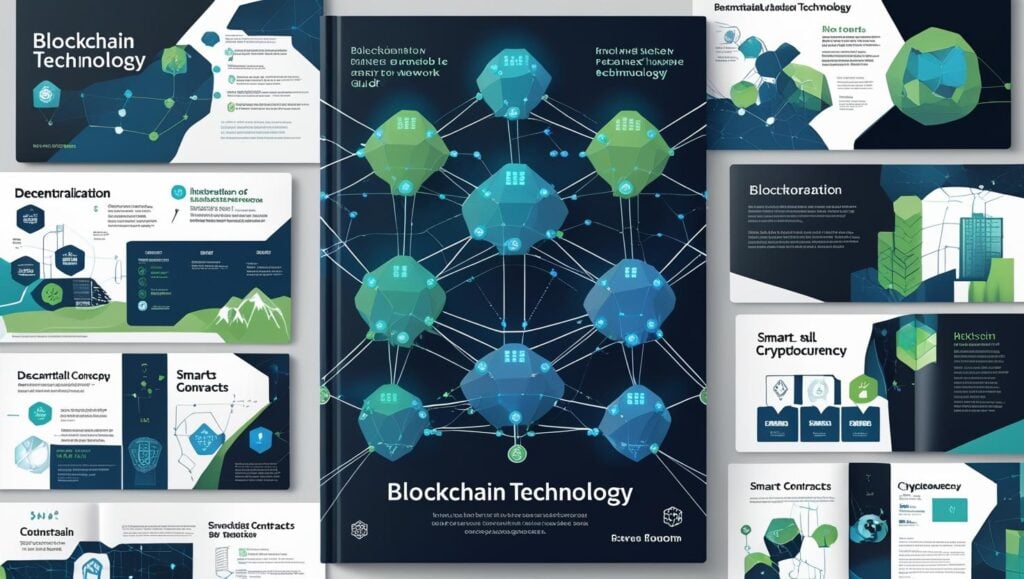
Consensus Is King: Why Blockchains Can’t Be Faked
Blockchains rely on a built-in voting system to decide which transactions get added. This is called a consensus mechanism, and it ensures every update to the chain is agreed upon by the network.
Three main types exist today:
- Proof of Work (PoW) requires computers to solve puzzles to validate a block. It’s secure but energy-intensive. Bitcoin uses this method.
- Proof of Stake (PoS) chooses validators based on how many tokens they lock into the system. It’s faster and greener. Ethereum moved to PoS in 2022, cutting its energy usage by 99.95%, according to the Ethereum Foundation.
- Delegated Proof of Stake (DPoS) allows token holders to vote for trusted validators. This method balances security with performance.
Each consensus model comes with trade-offs between speed, cost, and decentralization. Choosing one depends on what the blockchain aims to solve.
Smart Contracts: Code That Keeps Its Word
Smart contracts are one of blockchain’s most powerful tools. They are programs stored on the blockchain that run when certain conditions are met. There’s no middleman. No paperwork. Just automated action.
Imagine insurance payouts triggered by weather data. Or real estate sales that close instantly when a payment is received. Smart contracts make it possible. And once deployed, they can’t be changed, ensuring tamper-proof execution.
According to analysis referenced by Deloitte, businesses implementing smart contracts especially in tokenized and automated transaction environments, can expect operational cost reductions ranging from 30% to 50%, with some capital markets applications projected to generate US$15–20 billion in annual infrastructure savings.
Coins vs. Tokens: What’s the Real Difference?
Not every digital asset on a blockchain is the same.
- A coin like Bitcoin or Ethereum runs on its own native blockchain.
- A token is built on top of another blockchain, using its infrastructure.
Ethereum, for example, supports thousands of tokens (like USDC or Chainlink) through its ERC-20 standard. Tokens can serve different roles; currency, governance, utility, or even representing real-world assets.
Tokenomics, short for token economics, governs how these assets work. It includes supply caps, burn mechanisms, staking rewards, and inflation schedules. Good tokenomics can make or break a crypto project’s value.
According to Messari’s public analysis, tokens built around robust governance frameworks and effective utility incentives tend to attract stronger engagement and long-term alignment with users, though exact outperformance figures during bull cycles are not publicly documented.
DeFi in Action: How Blockchain Is Rewriting Finance
Decentralized finance (DeFi) takes traditional banking services and puts them on the blockchain. Instead of banks, you have protocols. Instead of clerks, you have smart contracts.
Users can lend, borrow, trade, and earn interest all without an intermediary. They only need a crypto wallet. Platforms like Aave, Uniswap, and Compound now handle billions in daily volume.
But DeFi isn’t risk-free. Bugs in smart contracts can lead to exploits. Price volatility and impermanent loss can eat into profits. Chainalysis reported that over $3 billion was lost to DeFi hacks in 2022 alone.
That’s why many DeFi projects undergo third-party audits and adopt open-source development practices to improve trust and transparency.
The Role of Developers: Architects of the Blockchain Future
Blockchain developers are the hands behind the code. They create smart contracts, build applications, and ensure the security of networks. Whether using Solidity on Ethereum or Rust on Solana, developers are the core contributors to the ecosystem’s growth.
GitHub data shows a 17% year-over-year increase in blockchain development activity. Educational platforms are also catching up. Courses on Coursera, MIT, and Binance Academy are making it easier to onboard new talent into Web3 development.
As adoption grows, so does the demand for skilled blockchain engineers—and their influence will shape the next generation of decentralized tools.
Regulation and Risk: What You Need to Know
Blockchain’s rise has forced regulators to act. In the U.S., the SEC views many crypto tokens as securities, bringing them under strict compliance rules. Europe’s MiCA legislation, set for full rollout in 2025, aims to unify crypto regulation across EU member states.
Regulatory clarity can protect consumers, reduce fraud, and create more predictable markets. However, it also introduces new hurdles for blockchain startups.
Investors must remain cautious. All blockchain-based investments carry risk from smart contract failures to rug pulls. As always, this article is for informational purposes only and does not constitute financial advice. Readers should do their own research before making any investment decisions.
What’s Next for Blockchain? Real-World Use, Not Just Talk
Blockchain isn’t just about tokens and trading anymore. Governments are piloting central bank digital currencies (CBDCs). Corporations are tracking supply chains on-chain. Universities are issuing diplomas as NFTs. Even carbon credits are now verifiable through blockchain.
New technologies like zero-knowledge proofs (ZKPs) and blockchain interoperability are expanding what’s possible in privacy, scalability, and cross-chain operations. According to Gartner’s 2024 Web3 and Blockchain Hype Cycle, blockchain interoperability and smart contracts are expected to reach mainstream use in enterprises within two to five years.
Conclusion:
Blockchain is no longer a concept limited to tech insiders. It is actively transforming the way industries handle finance, identity, governance, and automation. With more than 420 million users globally and trillions in projected market value, blockchain has become a core component of digital infrastructure.
This guide explained the key elements that power this transformation, including how blockchain works, the role of consensus mechanisms, the importance of smart contracts, and how tokenomics shapes digital assets. It also highlighted the real-world impact of decentralized finance, the growing demand for blockchain developers, and how regulations are catching up with innovation.
Glossary of Key Terms
- Blockchain – A digital ledger shared across a decentralized network of computers.
- Smart Contract – Automated programs that execute transactions when conditions are met.
- Consensus Mechanism – The process by which blockchain participants agree on the state of the network.
- Proof of Stake (PoS) – A consensus model where validators are chosen based on their staked tokens.
- Tokenomics – The financial model behind a token’s distribution, use, and value.
- DeFi – Financial services offered through blockchain protocols, without banks.
- Solidity – A programming language used for building Ethereum-based smart contracts.
Frequently Asked Questions (FAQs)
- What’s the difference between blockchain and crypto?
Blockchain is the technology. Cryptocurrency is one of its uses. - Can I use blockchain without knowing how to code?
Yes. Many wallets and apps allow anyone to interact with blockchain easily. - Is blockchain only used for money?
No. It’s used in healthcare, supply chains, identity systems, and more. - How do I verify a blockchain transaction?
You can check it on a blockchain explorer like Etherscan or Solana Explorer. - Are smart contracts legally binding?
They can be, depending on jurisdiction and how they’re integrated into legal agreements.
Quick Summary
This clear and research-backed guide introduces blockchain technology in simple, practical terms. It covers blockchain mechanics, smart contracts, consensus models, token design, DeFi services, and developer trends. With a focus on accuracy and readability, the article helps readers grasp real-world blockchain use cases, current risks, and emerging regulatory frameworks. Designed for learners and professionals alike, this guide provides a strong foundation to understand and participate in the future of digital finance and decentralized systems.

